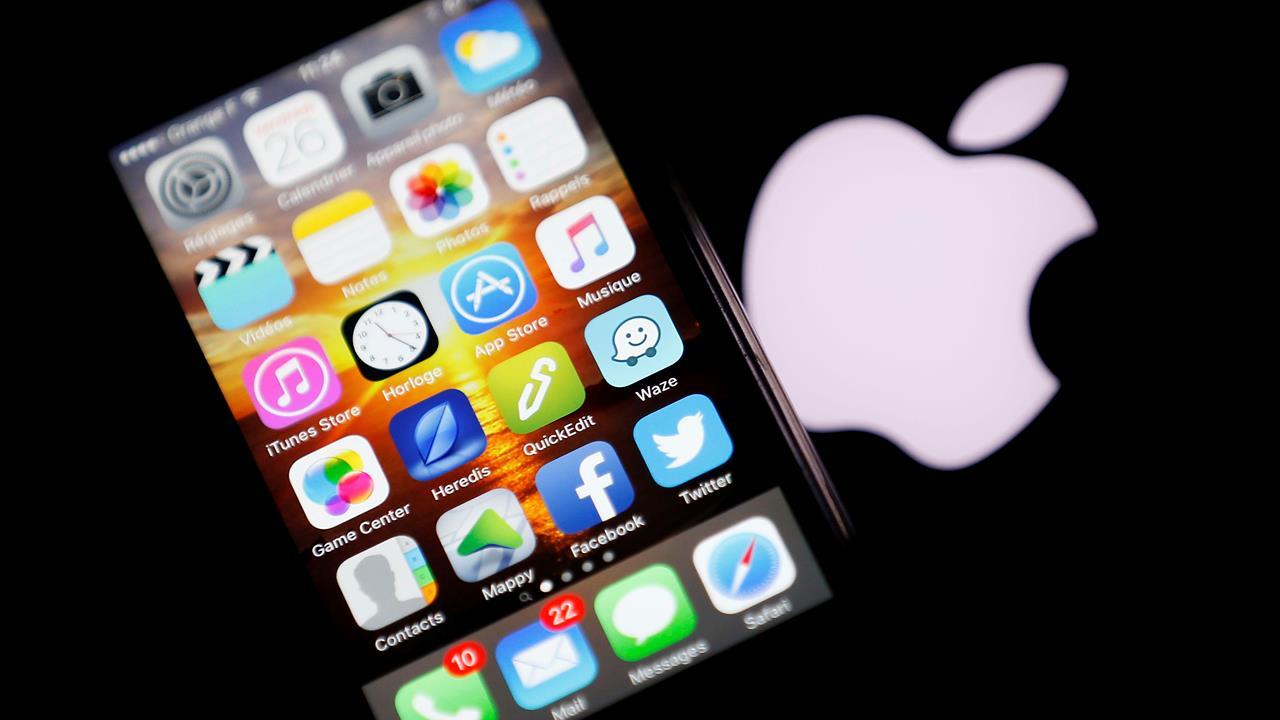Key spec of Apple's 2018 iPhones revealed
Apple (NASDAQ:AAPL)is expected to release three new iPhone models in 2018: one with a 5.85-inch organic light-emitting diode (OLED) display, another with a 6.46-inch OLED display, and a lower-cost device with a 6.1-inch liquid crystal display (LCD).
Early in December, analyst Ming-Chi Kuo with KGI Securities published some information about the capacities of the batteries Apple plans to equip those devices with. Let's consider what his findings mean for Apple's next-generation iPhone models.
Kuo says the iPhone with a 6.46-inch OLED display will have a battery capacity of between 3,300 and 3,400 milliampere hours. That would be about 23% more capacity than the 2017 iPhone X model with a 5.85-inch OLED display.
The upcoming 5.85-inch OLED phone could, depending on the technology used, either have a 2,716-milliampere-hour battery, the same as the current iPhone X, or one with between 2,900 and 3,000 milliampere hours of capacity.
The iPhone with a 6.1-inch LCD, Kuo says, will have a capacity of between 2,850 and 2,950 milliampere hours.
Bigger batteries for bigger screens
One of the most power-hungry components in a smartphone is the display, so smartphones with larger displays generally need commensurately larger batteries to maintain the same battery life. It makes sense, then, that the rumored iPhone with a 6.46-inch OLED display is expected to exceed the capacity of the 2017 iPhone X.
Moreover, considering the iPhone X was Apple's most expensive smartphone but delivered slightly lower battery life than the cheaper iPhone 8 Plus, it makes sense that Apple is exploring new battery technology to try to give its next-generation 5.85-inch OLED iPhone a battery life bump.
The current iPhone X has a battery that's made up of two separate battery cells connected together to form an L-shape. Kuo says Apple is working to build a single battery cell that fits in the same physical footprint as these two stitched-together battery cells. A single cell would have a greater capacity than two connected cells because there's wasted space between the two cells in the current configuration that could be used for more battery.
Finally, it makes sense that the 6.1-inch LCD iPhone could potentially have a higher capacity battery than the one inside the currently available iPhone X even if the next device is likely to debut at a lower price. The device should be physically larger, so even with a less-sophisticated rectangular battery cell, it should be able to house a larger-capacity battery.
The 6.1-inch LCD iPhone may be the one to get
The 6.1-inch LCD iPhone is expected to be the lowest-end of the smartphones Apple will launch in 2018, but I have a sneaking suspicion it'll have the best battery life of the three devices. The reason is simple: The display on the 6.1-inch LCD model should consume less power than those on either the 5.85-inch or 6.46-inch OLED models.
The 6.1-inch LCD will have a larger display area than the 5.85-inch OLED model, but the 5.85-inch OLED model should have a substantially larger pixel count -- nearly twice the pixels, in fact. Not only would the much higher pixel count drive display power consumption up, but higher-resolution displays also put additional stress on the rest of the phone, since a greater pixel count means more processing work.
The 6.46-inch OLED iPhone should have the largest battery capacity of the devices, but it'll also have a substantially larger display with even higher pixel density than the display on the 5.85-inch model will, Kuo says.
While the battery on the 6.46-inch OLED could have 23% more capacity than the one inside the 2017 iPhone X, the display could have close to 40% more pixels to drive. Now, the display isn't the only consumer of power in a phone, so that larger, sharper display won't necessarily eat up all the battery capacity gains, but I certainly don't expect the 23% greater capacity to translate into 23% longer battery life.
Given all that, I wouldn't be surprised if independent testing revealed that the 6.1-inch LCD iPhone had the best battery life of the next-generation models.




















